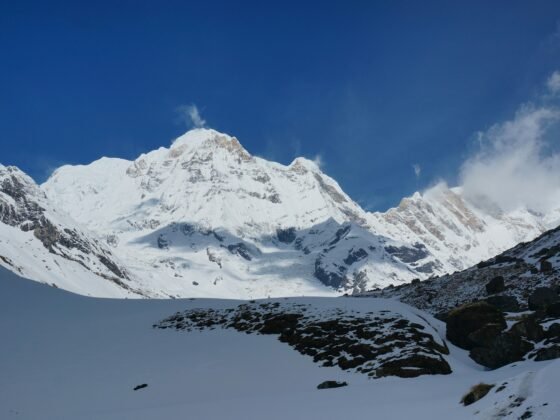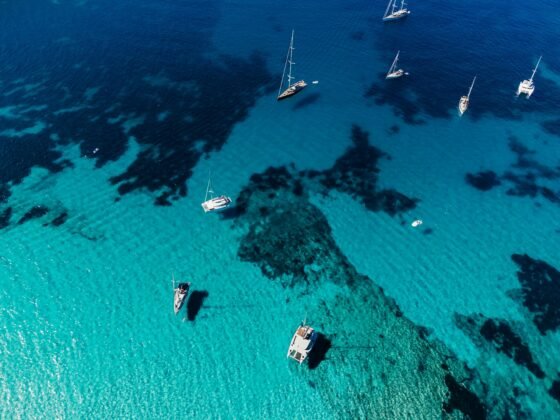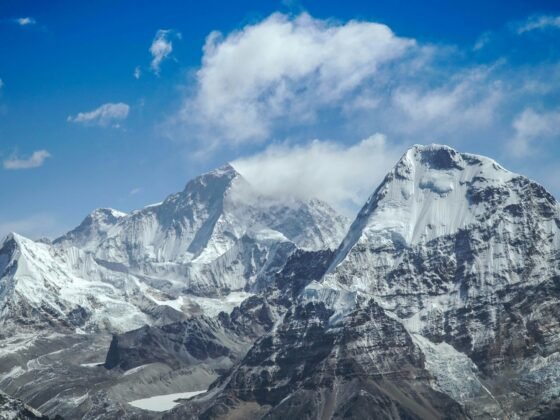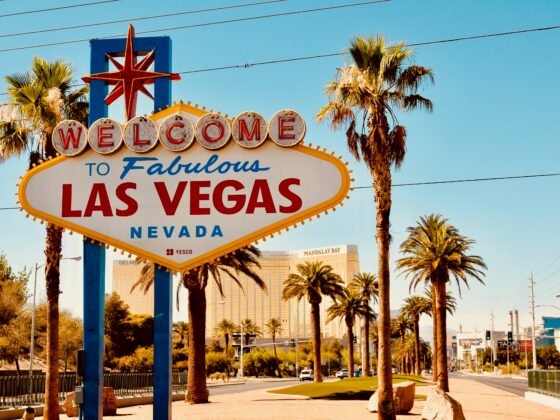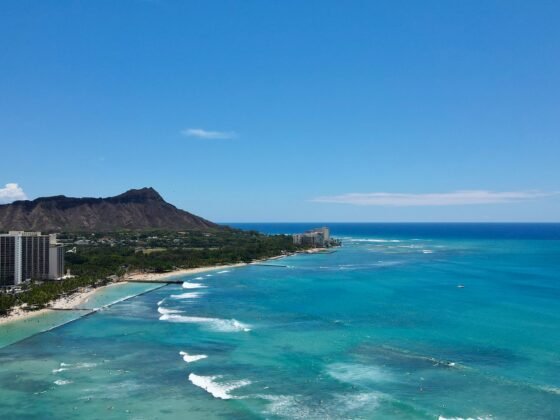With its breathtaking landscape and otherworldly vistas, it’s no wonder that Iceland has acted as a backdrop for both Game of Thrones and Star Wars. The Blue Lagoon geothermal spa has become one of the most iconic locations in Iceland, recognizable around the world.
When looking at Travel Deals to Iceland, it can be hard to determine which time of year is best to visit. Ultimately, it becomes a personal choice. However, there are various factors to consider when deciding what’s right for you.
Daylight Hours
As Iceland is so far north, it is subject to the Midnight Sun during the warmer months and absolute darkness during the peak of winter. This has many implications for travelers looking at when to travel to the land of ice and fire.
The Midnight Sun has many benefits. The roads in Iceland are often dangerous to travel after dark, limiting your ability to see the country in its entirety. If you plan to skirt around the outside of the country and travel north, doing so during the summer months is optimum as you have more travel time and can camp in various areas along the way. The downfall is that you won’t see the northern lights.
If the northern lights are one of the main appeals to your trip, going during the colder season is ideal. The extended nighttime hours shouldn’t be a problem if you only plan on traveling the Golden Circle– the inner route of the country that hits many of the main attractions. You will need to plan your routes accordingly.
Weather
Despite its name, Iceland isn’t a frozen wasteland. Due to the geothermal impacts caused by the volcanic activity, there are some lush, warm areas even in the winter. In the summer, the average temperature is 51 degrees Fahrenheit, whereas in the winter it drops to the freezing mark. Even in the highlands, the temperature is on par with Canada in the winter.
The concern with winter travel is that storms come out of nowhere, often relegated to one area between geothermal hotspots. You can drive through an area that looks tropical and end up in a snowstorm seconds later. As many of the sites are remote and outside, severe weather can cancel your plans and ruin your trip.
Glacier hiking and exploring the mysterious ice caverns is one of the most unforgettable experiences in Iceland. Unfortunately, this isn’t always an option in the summer months. Many of the areas are closed due to dangers caused by warmer temperatures.
Price
The price to fly to Iceland varies a lot throughout the year and depending on your location. Generally speaking, peak season is during the summer months, with most charters ending in late October or early November. Trying to find a flight between November and April is often quite costly due to lack of availability, though you might be able to find some deals.
While very few of the attractions in Iceland have a fee associated, hotels book up quickly in the peak season and become cheaper on the fringe and during the offseason. Going to Iceland later in the year means fewer crowds in addition to cheaper rentals and accommodations.
The Equinoxes
It’s important to understand that the seasons are different in Iceland. Winter starts in November– sometimes as early as October– and comes on quickly. Summer runs from around June to August. Spring and fall usually consist of April to May and September, respectively.
When you consider the pricing, crowds, daylight hours, and attractions, the fall is the perfect time to head to Iceland. You get a chance at seeing the northern lights and visiting some glaciers. While daylight hours are reduced, there is still plenty of light to work with while traveling and snow squalls are rare and short-lived.
No matter when you go, there are endless incredible sights to be seen and memories to be made.




